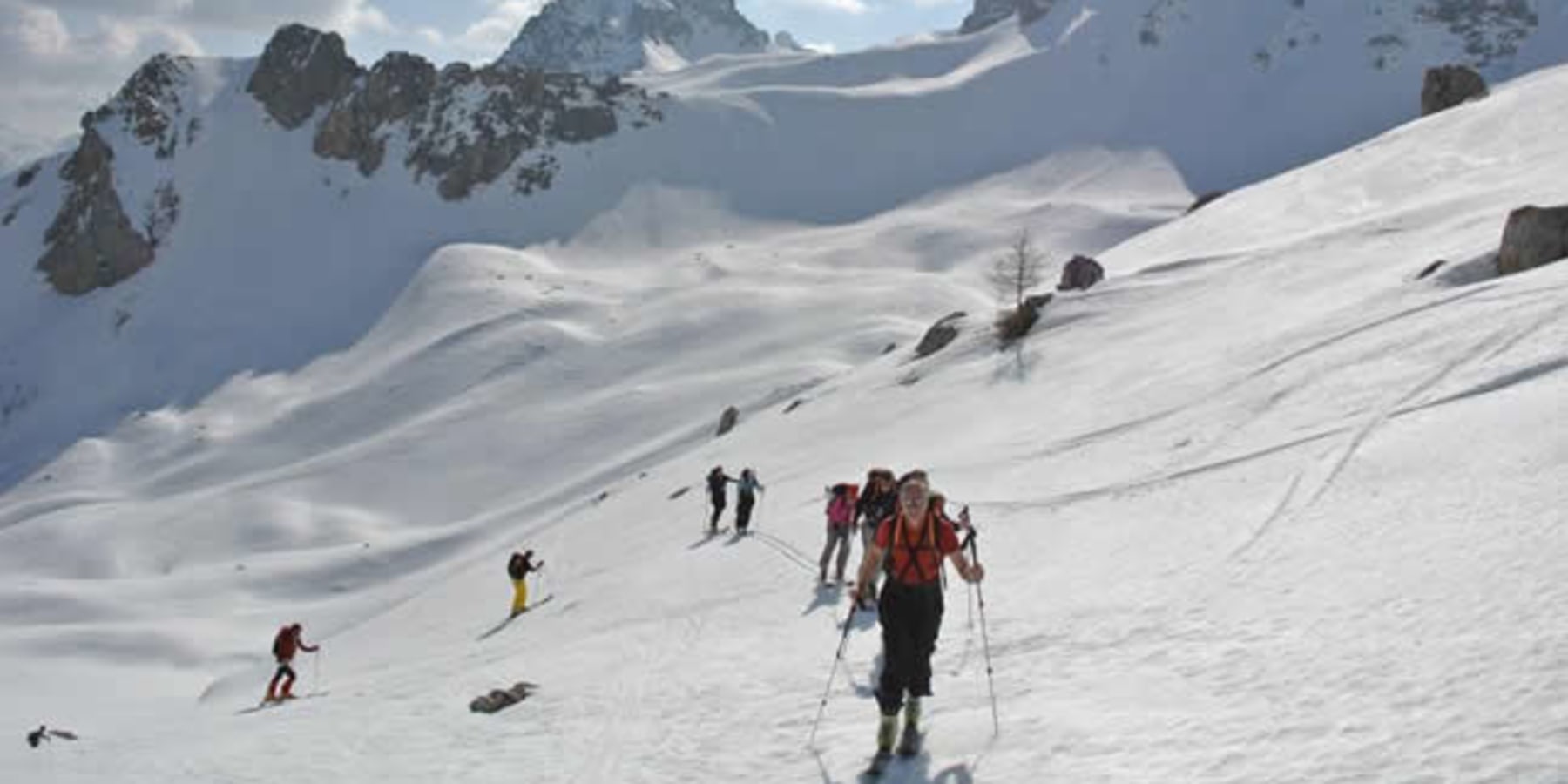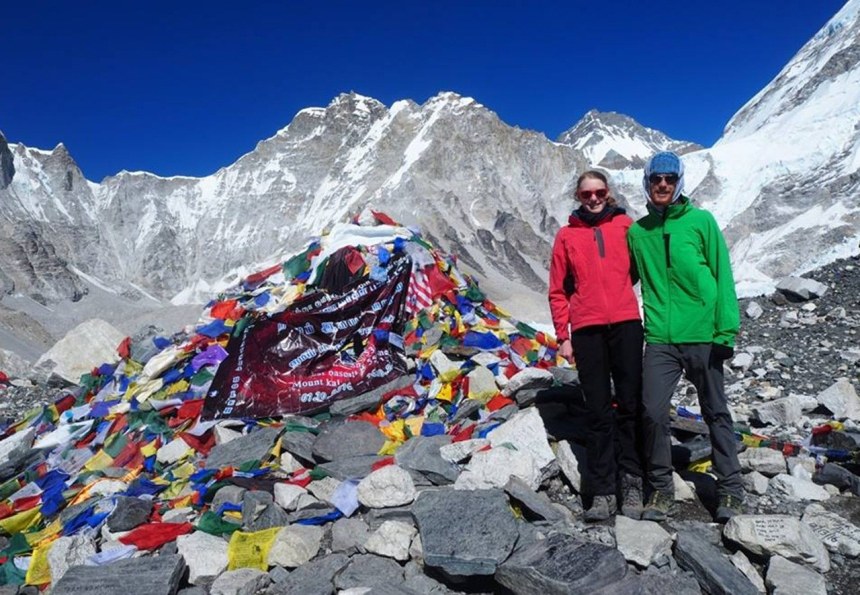
Things to do in Nepal
Nepal is one of the best adventure destination in the world. This small country situated between India and China, is one of the few in the world where such spectacular diversity of climat as well as topographic features are found. North of Nepal is covered by snow clad mountains with cold alpine type climate, middle region by hills with mild climate and the southern region is covered by plain Terai region with very warm tropical climate. The Himalayan and hilly landscape attract people for numerous adventure activities including mountaineering, trekking, hiking, mountain biking, helicopter tours, paragliding, hang gliding and other adventure activities. Nearly one-third of the total length of the Himalayas and 8 of the world’s highest peaks lies in Nepal. It is definitely a place worth visiting.
Tours in Nepal
Nepal tour means a journey of pleasure between different towns, cities etc. Explore the cities of the Kathmandu Valley steeped in culture, history and art. Visit the Durbar Squares of Kathmandu,
Patan and Bhaktapur, the palatial residences of the ancient Royals, which are listed as UNESCO World Heritage Sites. Then visit the other World Heritage monuments – Pashupatinath, Swayambhunath, Bauddhanath and Changu Narayan. Step into the museums of the valley to learn about Nepal’s kings, history, ethnic groups, art and culture.
Visit lovely Pokhara, the famous tourist city which is offers a variety of activities and attractions and climb Sarangkot at dawn to watch sunrise over the snow-capped Annapurna mountain range. Visit Chitwan National Park, where you can see wildlife from a traditional dugout canoe and walk the jungle in search of rare black rhinos. Visit the birthplace of Lord Buddha in Lumbini.
Trekking in Nepal
Nepal Trekking means, it is a long and hard regular walking, especially in the mountain rough trails on foot to spend holiday for few days to several days from sea level 60m up to base camp of snowy peaks for enjoyment. See spectacular Himalayan scenery, mountain people, culture and wildlife. Trekking is one of the major forms of adventure trips in Nepal which offer amazing opportunities for trekkers, both in high altitude and foothills. With a trek around Nepal, you will directly experience our culture and way of life of different ethnic people, religion and festivals.
Nepal has plenty of trekking routes and trekkers can choose their trekking
range in levels depending on their time, interest, price range and ability, either in virgin tracks or beaten trails to reach their desired trekking destination. Choose from two days to several weeks trekking routes (Also Great Himalayan trail 165 days with 1700km/1056mile) which are available in Nepal. During the trekking, trekker’s can either stay in simple lodges or homes of local people or camp for the night.
The popular and major trekking areas are in Nepal
Everest, Annapurna and Langtang are most famous trekking regions of Nepal. Being best and popular, trekking on these regions will be the most satisfying experience for you. Similarly, Mustang, Manaslu and Dolpo regions are preserved places which are termed by Nepal Government as restricted trekking regions; where only a limited number of trekkers are allowed for trekking. Makalu and Kanchanjunga are respectively 5th and 3rd highest mountains in the world and is another important trekking region of Nepal. Rara Lake is a scenic trekking region in western Nepal. It is wild, un-spoilt and has heavenly beauty. In central Nepal lies the Ganesh Himal region that offers excellent trekking trails and a rewarding cultural insight. For those who wish to make their trekking adventure in new developed or non touristic areas, Nepal offers innumerable new trekking routes such a Bhairav Kunda, Chepang Hill, Churen Himal, Panch Pokhari, Manaslu Tsum valley, Simikot Limi Valley and many more trekking in different parts of Nepal.
Peak Climbing in Nepal
Peak Climbing in Nepal literally means to move up towards the top of mountain peak in Nepal. There are many small mountains that can be climbed if combined with a trek. The trekking peaks range for 5587m to 6654m. By the standard of other mountains in the Himalayas, these mountains are not so high, but some offer some really tough ice climbing. For some mountains, you do not need much experience but you have to be physically fit and be able to deal with real cold weather.
There are 33 mountain peaks known as a trekking peaks ranging from 5550m/18208ft to 7000m/22965ft. Since 1973, the Nepal Mountaineering Association has got the authority from Nepal government to issue peak climbing permit for 33 peaks. The most popular trekking peaks are Island Peak, Mera Peak, Lobuche East Peak, Pokalde Peak, in Everest region, Yala peak and Nayakanga Peak in Langtang region and Pisang Peak, Chulu east, Chulu west, Singuchuli Peak, Tharpu Chuli Peak in Annapurna region. The climbing of these peaks is controlled under the rules & regulations formulated by Nepal Mountaineering Association.
Other Adventure Activities of Nepal
There are varieties of adventure activities in Nepal, which is a way of enjoyment for thrill seekers. We have several outdoor attractions including bungee jumping, mountain biking, Horse riding, canyoning, paragliding, skydiving, kayaking, white water rafting, honey hunting and golf course. We also have 160 m long bungee jumping in just 3 hours east of Kathmandu. Paragliding is an opportunity for aerial view of the Himalaya, just 6 hours west of Kathmandu. Skydiving is yet another new sport getting popular after 2008. White water rafting and kayaking is another attraction in Nepal. Honey hunting, an age-old tradition to harvest the honeycomb by hanging into cliff is also gaining popularity. Mountain Biking is a wonderful sport to explore the country.
Useful Travel Info of Nepal
Where to Stay: Nepal has every category of accommodation facilities that range from international standard star hotels to budget hotels and lodges. Accommodation facilities are available in the mountain tourist areas. While trekking to some areas, tenting may be the only alternative if resident villages are scanty and long way off trekking routes. However, most trekking routes have lodges or tea houses to accommodate tourists. Still to be on the safer side, we recommend that tourists look up on such information before embarking on their journey.
What to Eat: In tourist hot spots like Kathmandu and Pokhara, you will be taken aback at the range of cuisine that are on offer. You can find Chinese, Italian, Thai, Korean, Tibetan, Indian and “Continental” on the restaurant menus.
What to Drink: Soft, hard and mixed drinks are available at almost every Bar and restaurants. Nepal makes international brands of beer such as San Miguel, Everest, Nepal Ice, Carlsberg, and Tuborg beer are the principal conventional beers served in Kathmandu, also makes spirits including rum, whisky, vodka, Gin and locally made liquor such as Chang and Rakshi are also available. These are made from barley or millet and are highly intoxicating.
Where to visit: There are numerous worth visit places, which are suitable for all kind of visitors for their tour and sightseeing in Nepal. There are different interesting World Heritage Sites, villages, towns, historical places, holy shrines, Himalayan viewpoints, river valleys, natural lakes and cities.
Dress Code: Casual clothing can be worn at any time during your stay in Nepal. However keep in mind that you are travelling in a mainly Hindu country. Please make sure you are appropriately dressed. Clothes that are too tight fitting, short or revealing such as shorts, miniskirts or low cut T-shirts should be avoided, especially in the country side. Whether you need warm woolen or down clothes or light summer clothes depend on your travel itinerary, on the altitude and season you travel. In high altitudes temperature changes can occur very quickly and vary drastically.
What to Shop: Many of the shops, galleries and boutiques provide that special something for you and your loved ones. Nepal offers the wide variety of handicrafts, jewellery, clothes off the racks, Pashmina shawls, decorative metal plates, embroidery, "khukuri" (Gorkha Knives), pottery, carvings of wood, woollen carpets and "Thangkas" (colourful Tibetan/Buddhist paintings depicting tradition or religious subjects). Tea and spices are other popular gifts to take back home. It is the experience of shopping here that people love to return to again and again.
Amazing Night life: Generally speaking, there is no nightlife in this country, except for the heavily concentrated tourist areas like Thamel and Pokhara. Nepalese spend most of their night with friends and family at home. Bars and pubs, many of which feature live music stay open till late in the night, while discotheques function to keep boredom at bay for the young Nepali crowd and tourists out for the night. Frequent private parties are also organized at various places especially during weekends and public holidays
Do’s and Don’ts
Some tips on the common etiquettes practiced by Nepali people should be useful to visitors.
The form of greeting in Nepal is “Namaste” performing by joining both palms together. It literally means “The Divine in Me Salutes the Divine in You”.
As a mark of respect Nepalese usually take their shoes off before entering someone’s house or place of worship.
Food or material that has been touched by another person’s mouth is considered impure or “jutho” and, therefore, is not accepted unless among close friends or family.
Touching something with feet or using the left hand to give or take may not be considered auspicious.
Women wearing skimpy outfits are frowned upon especially in the rural parts of the country.
As a part of the tradition some Hindu temples do not allow non Hindus to enter.
Leather articles are prohibited inside some temple areas.
Walking around temples or stupas is traditionally done clockwise.
To avoid conflict, photography should be done only after taking permission from the authority.
Public displays of affection are considered scandalous.
Nodding of head means “Yes” while shaking of head means a “No”. A slight dangling of head from left to right means “OK”.


